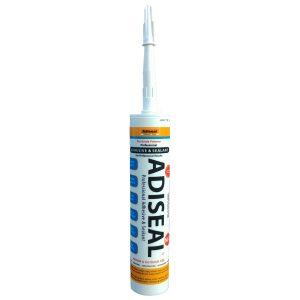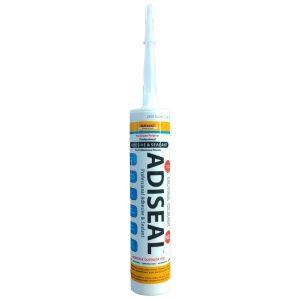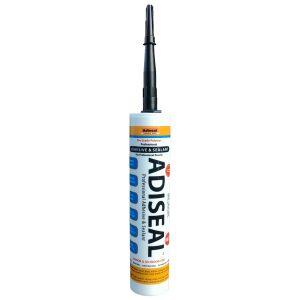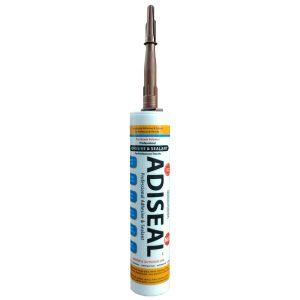Waterproof Sealant
Waterproof Sealant: Protecting Against Water Damage
Waterproof sealant is a versatile and essential product that plays a crucial role in safeguarding against water damage in various applications. In this article, we will explore the importance of waterproof sealant, its uses, and the benefits it offers in protecting surfaces from water infiltration. Discover how the seal can be a game-changer in maintaining the integrity of your belongings and structures.

The Significance of Waterproof Sealant
Defining Waterproof Sealant:
– Waterproof sealant refers to a specialized product designed to create a watertight barrier, preventing water from penetrating surfaces and causing damage.
– It is commonly used in construction, plumbing, automotive, and other industries to seal gaps, joints, and cracks.
Applications and Uses:
– It finds extensive use in sealing roofs, windows, doors, bathrooms, and basements.
– It is also employed in protecting outdoor equipment, boats, and various surfaces exposed to water.
Benefits and Features
Water Resistance:
– They offers exceptional resistance to water, creating a protective layer that prevents water penetration.
– It effectively seals surfaces, preventing water-related issues such as leaks, rot, mold, and structural damage.
Versatility:
– They are available in different forms, including caulk, adhesive, spray, and tape.
– They can be applied to a wide range of materials, including wood, concrete, metal, and plastic.
Durability and Longevity:
– High-quality waterproof sealants provide long-lasting protection, remaining effective even in harsh environmental conditions.
– They resist UV rays, temperature fluctuations, and chemical exposure, ensuring the durability of the sealed surface.
Ease of Application:
– Many products are designed for easy application, allowing both professionals and DIY enthusiasts to use them.
– They come in user-friendly forms, such as squeeze tubes, cartridges, or spray cans, enabling convenient and precise application.
Best Practices for Applying Waterproof Sealant
Surface Preparation:
– Ensure the surface is clean, dry, and free from dust, grease, and loose particles before applying the sealant.
– Use a primer if necessary to enhance adhesion and ensure a strong bond.
Correct Application Technique:
– Apply the waterproof sealant evenly, using the appropriate tool or applicator for the specific product.
– Follow the manufacturer’s instructions regarding temperature, curing time, and recommended thickness.
Regular Maintenance:
– Periodically inspect the sealed surfaces for any signs of wear, cracks, or damage.
– Address any issues promptly by reapplying sealant to maintain optimal protection.
Conclusion
Waterproof sealant is a valuable tool for protecting surfaces from water damage. Its water resistance, versatility, durability, and ease of application make it an essential solution for numerous applications. By following best practices and selecting the right product for the job, you can effectively safeguard your belongings and structures against water infiltration. Embrace the power of waterproof sealant and enjoy the peace of mind that comes with knowing your surfaces are protected from water-related issues.
Showing all 5 resultsSorted by popularity




